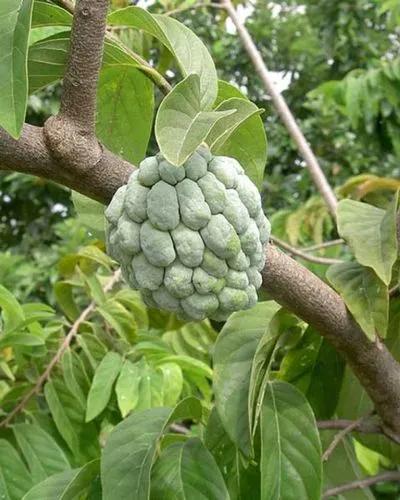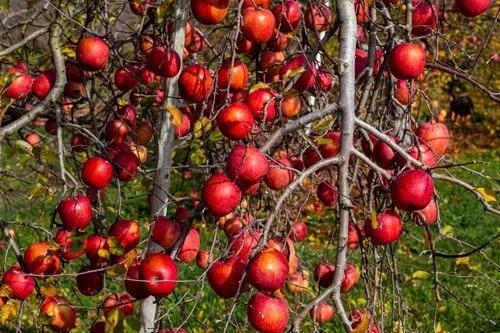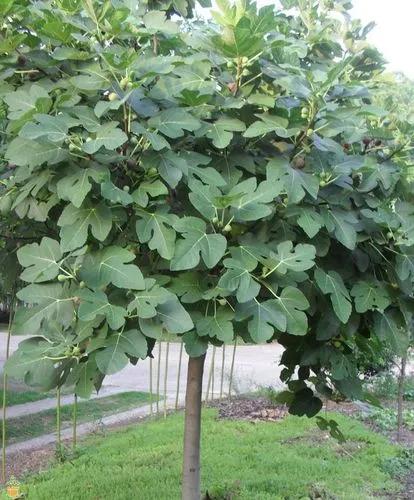A cultivar of Citrullus lanatus named 'Crimson Sweet', is known for its large, round fruit and deep red skin. This variety is popular among skilled and amateur gardeners as it’s suitable for container gardening.
Watermelon 'Crimson Sweet' Care
Citrullus lanatus 'Crimson Sweet'



Widely known as Watermelon 'Crimson Sweet', this fruit is a cultivar of common Watermelon. Originated in the US, this Watermelon variety has a round shape, and smooth texture. It’s covered with dark stripes. The flesh is sweet, juicy, and red, accompanied by small dark stones. A ripe fruit weighs up to 5-25 pounds (7-11 kg). The Watermelons are ready for harvesting when the fruits reach their full size. A ripe fruit should produce a dull sound when knocked. The Watermelon vine can stretch up to 10 ft (3 m) long and produces from 3 to 5 fruits. The fruits usually ripen 90 days after planting.
How to Care for the Plant

Water

Since most of the fruit consists of water, it requires regular hydration. Water the Watermelon as soon as the ground appears dry. It’s important to keep the soil consistently moist but not waterlogged.

Pruning

It’s important to prune this plant if it gets sick with some illness. The affected parts should be removed with a sterile pruning tool.

Fertilizer

As a heavy-feeder, Watermelon would benefit from regular fertilizing. Nourish the fruit with a balanced fertilizer before planting, then feed it once a month with a potassium-rich fertilizer. It’s also a good practice to use foliar feeding to supplement the plant's nutrition.

Sunlight

As a fruit-bearing plant, Watermelon 'Crimson Sweet' needs full-sun exposure. It needs at least 6-8 hours of direct sunlight daily to produce fruits. Grown in a container, this plant should be placed in a sunny spot.

Soil

Watermelon 'Crimson Sweet' prefers a fertile, well-draining soil. It’s best to plant it in a neutral growing medium with 6-7 pH level. You can amend soil fertility by adding organic matter such as compost or well-rotted manure.

Propagation

Watermelons are usually propagated from seeds. They should be planted in seed trays or in the ground directly 4-6 weeks before the last frost date.

Temperature

Crimson Sweet Watermelon is a warm-season crop and prefers temperatures between 70-85°F (21-29°C) during the day, and 65-70°F (18-21°C) at night. It’s not frost-tolerant, so this fruit should be planted when the ground has warmed up. If the temperature drops below 60°F (15°C) for an extended period, the plant will stop growing and producing fruits.

Container

It’s best to choose a big container with drainage holes to grow Crimson Sweet Watermelon. Since the plant is water-loving, a pot made of plastic will not let the moisture evaporate too quickly. Alternatively, the fruit can be planted in flower beds.

Fun fact

This plant was introduced in 1963, and it quickly gained popularity. Its sweet flesh and compact growing habit make Watermelon 'Crimson Sweet' a popular option for home gardening.

Popularity

2,313 people already have this plant 525 people have added this plant to their wishlists

Common pests

Despite being relatively pest-resistant, the Watermelon can fall victim to beetles, aphids, and spider mites. Besides, root-knot nematodes can cause galls.

Frequent diseases

Powdery mildew and fusarium wilt can attack the plant. Proper spacing, good airflow, and avoiding overhead watering can help prevent diseases from taking hold.

Botanist’s tips

Discover more plants with the list below
Popular articles






